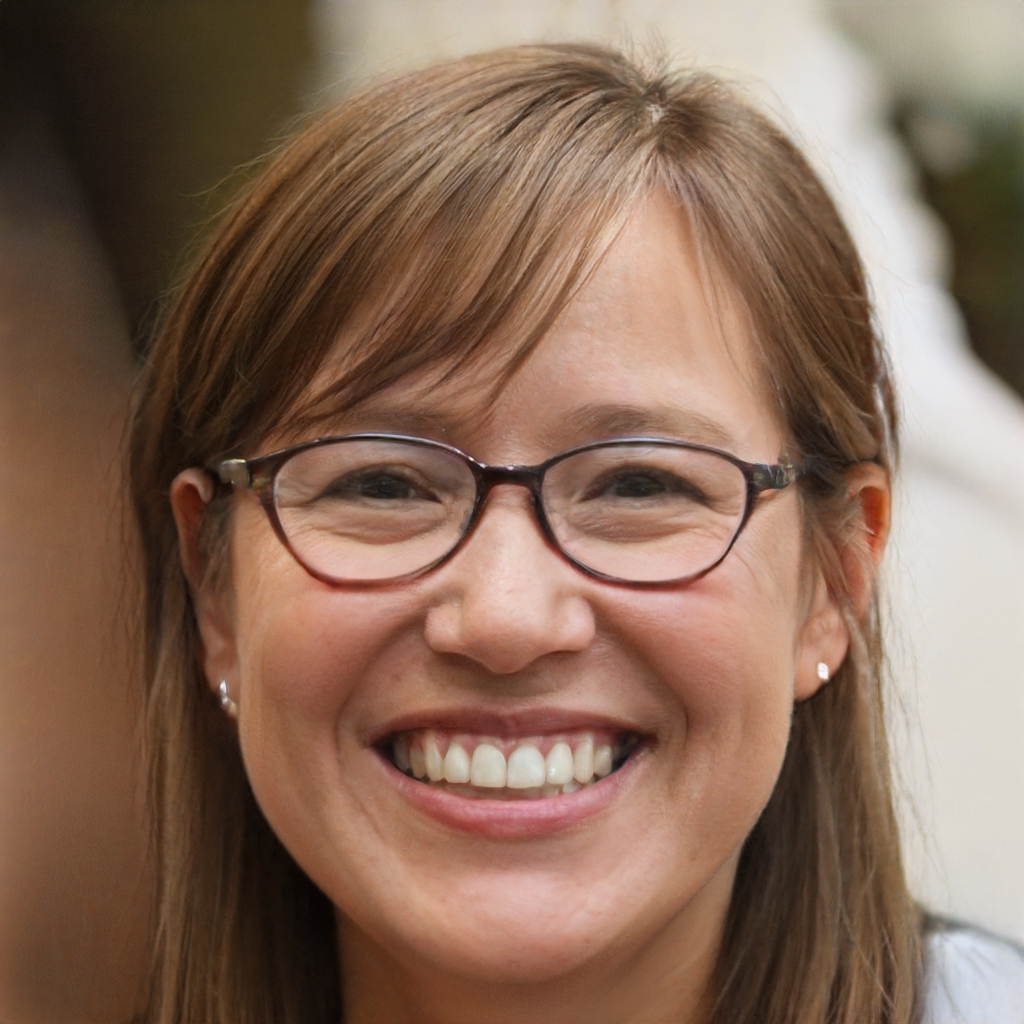Flu Shots For the People
Jul 31, 202074.1K Shares988.4K Views
Flu shots, a ritual of the elderly, should be given yearly to school-age kids as well, according to an expert committee appointed by the Centers for Disease Control. At a meeting today in Atlanta, the Advisory Committee on Immunization Practices recommended that healthy kids 5-18 years of age be vaccinated each year. The committee previously has recommended that younger kids be vaccinated, as well as all kids with asthma and other respiratory diseases that make them more susceptible to dangerous cases of influenza. Some states have made vaccination of kindergartners and preschoolers against flu mandatory, basing their laws on the the recommendations of the CDC and the American Academy of Pediatrics.
A new, live-virus vaccine that’s spritzed into the nose appears to work better in young children than the inactivated vaccine, which is given in a shot.
The 60 million children in the 5-18 age group are more likely than younger kids to get the flu. It rarely kills but causes doctors visits, improper antibiotic useage (antibiotics don’t affect viral infections), and days lost from work and school. Most importantly, vaccinating all children could have a major impact on serious flu sickness and death in the elderly. Previous studies have shown that dampening down infections in kids keeps them from spreading in parents and grandchildren. Many flu epidemics are launched in schools.
The unpredictability of flu and the patchy efficacy of flu vaccine have led many to be jaded about getting the flu shot. Each April, a team of experts decides which strains of the ever-evolving virus should go into the following year’s flu shot. This year, one strain was a good match, but the other two were not, and there has been a lot of flu illness in people who were vaccinated. However, says Jeanne Santoli, a flu expert at CDC, even protection against the wrong strain can prevent the disease or make it less severe. A study published last fall in the New England Journal of Medicine showed a 27 percent lower risk of hospitalization with flu or pneumonia in vaccinated elderly people.

Rhyley Carney
Reviewer
Latest Articles
Popular Articles